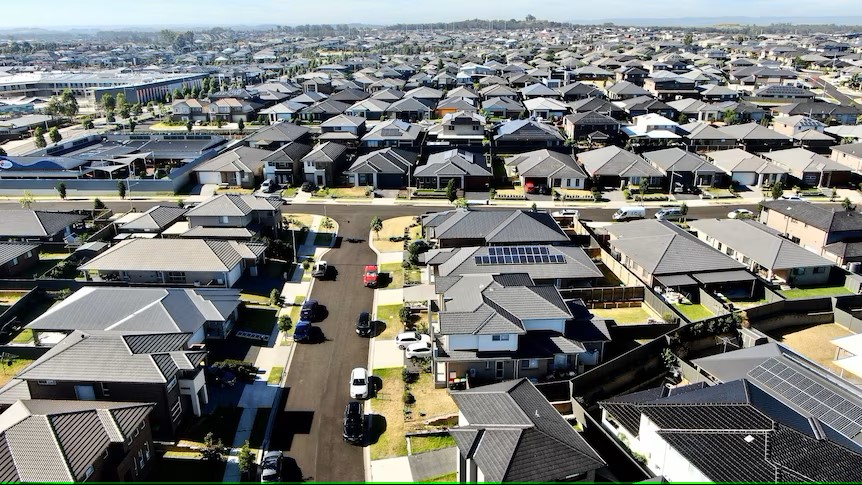The latest economic data paints a promising picture: inflation is cooling, the stock market is performing robustly, wages are increasing, and job opportunities are plentiful. On the surface, it seems like a time for celebration. However, many Americans remain hesitant to fully embrace the good news, caught in what some are calling a “vibecession,” despite generally positive personal financial assessments.
The primary factor tempering this optimism is the high cost of housing.
The Consumer Price Index (CPI) showed a 3.3% annual increase last month, indicating that prices for everyday goods and services are, on average, 3.3% higher than they were a year ago. Some major retailers are even reducing prices as they respond to consumer pushback against high costs.
When examining the “supercore” CPI—which excludes volatile categories like food, fuel, and housing—the increase is just 1.9% from a year ago. This figure aligns closely with the targets set by central banks worldwide and suggests a healthier economic environment.
Nevertheless, the reality of daily expenses, particularly housing, cannot be ignored.
Shelter costs, which include rent and an estimated cost of homeownership, have risen 5.4% over the past year. Although this is an improvement from earlier peaks and lower than last year’s high of 8.2% in March, it still represents a significant burden compared to the pre-pandemic average of 3.5%.
Jay Parsons, an economist and head of investment strategy at Madera Residential, likened the situation to “an 18-wheeler riding its brakes down a mountain. We know where it’s headed, but it’s a slow descent.”
The CPI’s figures do not include the cost of purchasing a home, which remains a separate challenge. Federal Reserve Chair Jerome Powell acknowledged the complexity of the housing market, stating, “Ultimately, the best thing we can do for the housing market is to bring inflation down so we can bring rates down, so that the housing market continues to normalize.”
However, achieving this is easier said than done. Housing supply remains low, mortgage rates are around 7%, and home prices continue to climb. These factors have created a market where affordability is a significant issue, and mobility is limited.
For those who do manage to secure housing, the financial strain doesn’t end there. A recent study by Bankrate revealed that U.S. homeowners now spend an average of $18,100 annually on home-related costs beyond the purchase price, including property taxes, insurance, maintenance, and energy. This marks a 26% increase from four years ago, when the average was $14,400.
There are some early signs of improvement in the housing market. Zillow’s latest report indicates that more sellers are entering the market, though buyer interest has decreased. Home sales in May were 6% lower than last year, which has helped increase housing inventory by 22% compared to last year’s near-record lows. Despite this, inventory is still 34% below pre-pandemic levels, although this represents the smallest deficit in over three years.
Orphe Divounguy, a senior economist at Zillow, commented, “Homeowners who may have put off listing their homes are done waiting.” However, the combination of inflation and high borrowing costs has deterred first-time buyers, reducing competition for houses. “If these trends hold, we’re likely to see price growth flatten or tick down over the next year,” Divounguy said.
Despite these potential improvements, Powell cautioned that it may take “years” for housing inflation to normalize. Douglas Duncan, senior vice president and chief economist for Fannie Mae, echoed this sentiment, noting, “There’s not a silver bullet. Part of it is access to land near where people either want to live or must live based on their employment. There are many small-scale experiments, but no one has found a definitive solution yet.” In conclusion, while many aspects of the economy are performing well, the high cost of housing continues to be a significant obstacle. As policymakers and market participants work to address these issues, the search for stability in the housing market remains crucial to achieving overall economic health.






